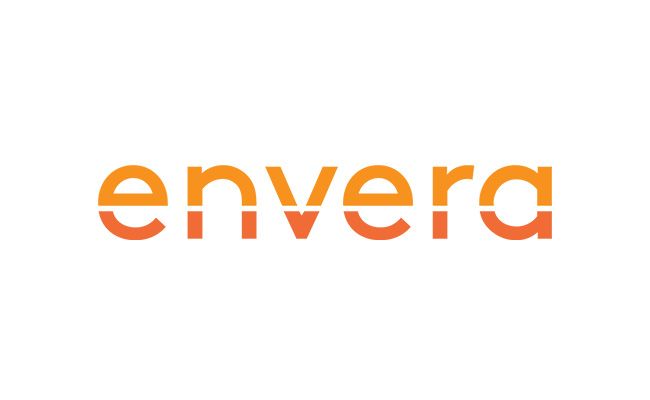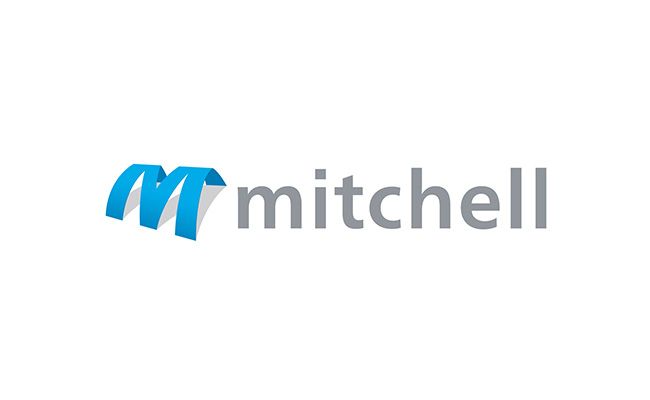CXOne Personal Connection
- Introduction
- What Is Contact Center Workflow Automation?
- Key Capabilities of Workflow Automation Tools
- Strategic Use Cases
- Technical Architecture of Automation Tools
- Benefits Across Personas
- Common Challenges and How to Overcome Them
- KPIs to Measure Workflow Automation Success
- Security & Governance Considerations
- Deployment Framework
- Comparison: Manual vs. Automated Workflows
Introduction
Today’s contact centers are complex ecosystems of digital interactions, voice conversations, backend systems, and compliance requirements. Managing this manually is inefficient and error-prone. That’s why workflow automation has emerged as a foundational strategy for modern contact centers—powering consistent service delivery, real-time decisioning, and operational cost control.Workflow Automation Tools eliminate manual handoffs and repetitive tasks by orchestrating actions across systems, teams, and channels. Whether it's auto-triggering a CRM update, routing a call based on intent, or flagging a compliance issue for review, automation ensures that workflows are executed accurately and instantly.This guide outlines what workflow automation is, how it works, where it applies across contact center operations, and what technologies support it.What Is Contact Center Workflow Automation?
Workflow automation refers to the use of pre-defined business logic, rules engines, and AI models to automate tasks, decisions, and processes in real time. These tools coordinate actions across:- Voice, chat, and digital channels
- CRM and case management platforms
- Knowledge bases and policy engines
- Workforce management (WEM) and QA systems
Key Capabilities of Workflow Automation Tools
1. Task Orchestration Across Systems
Workflow automation tools connect disparate platforms—like IVRs, CRMs, knowledge bases, and ticketing systems—into seamless operational flows.Example: When a customer says “update my address,” the system captures intent via AI, triggers a CRM update, and confirms the change back to the customer—without agent involvement.2. Rules-Based & AI-Based Triggers
Automation can be driven by predefined logic (if X, then Y) or by AI models analyzing real-time transcripts, behavioral data, or historical patterns.Example: A call flagged with negative sentiment, long hold time, and a refund request automatically routes to a supervisor or high-skill agent queue.3. Real-Time Process Automation (RPA/IPA)
Integrates Robotic Process Automation (RPA) or Intelligent Process Automation (IPA) to perform tasks like data entry, screen navigation, and status updates across legacy systems.Example: Instead of an agent switching between five tabs to check inventory, update a case, and email a receipt, the automation tool does it all behind the scenes.4. Low-Code Workflow Builders
Modern automation platforms include visual drag-and-drop builders that enable business teams to design and modify workflows without writing code.Example: A QA manager creates an automated flow that tags any call over 10 minutes with the term “escalation” for scoring review.5. Integration and API Layer
Workflow automation tools expose and consume APIs to connect with enterprise systems, including:- CRM (Salesforce, Dynamics, Zendesk)
- Ticketing (ServiceNow, Jira)
- Voice and digital platforms
- Agent desktops
- Data lakes and reporting tools
Strategic Use Cases
Technical Architecture of Automation Tools
1. Orchestration Engine
The brain of the platform that manages triggers, conditions, dependencies, and outcomes. Often supports:- Sequential and parallel task handling
- Wait timers and retry logic
- Conditional branching (if/else)
2. AI/NLP Layer
Used to classify intents, extract entities, detect sentiment, and make probabilistic decisions within the workflow.Typical Models Integrated:- Intent detection models (NLU engines or LLMs)
- Entity recognition (names, numbers, SKUs)
- Sentiment and urgency detection
- Predictive routing based on interaction pattern
3. RPA or Taskbot Layer
Software bots that interact with systems the same way humans do—clicking buttons, copying data, navigating screens.Common RPA Use Cases:- Login to legacy platforms
- Copy-paste data across applications
- Extract structured data from documents or emails
4. Integration Framework
Supports:- REST/SOAP APIs
- Event-driven architecture via Webhooks
- Pre-built connectors (Salesforce, ServiceNow, NICE CXone)
- iPaaS integrations for cloud-native apps
Benefits Across Personas
For Contact Center Agents
- Eliminate repetitive tasks like ticket tagging and case logging
- Reduce context switching between tools
- Focus more on conversation quality
For Supervisors
- Receive escalations automatically, without agent prompting
- Gain visibility into workflow bottlenecks
- Automate coaching based on interaction data
For QA & Compliance
- Tag and review calls matching compliance risks
- Route issues to QA team without delay
- Ensure policy adherence through enforced logic
For Ops and IT Leaders
- Reduce manual error and handling time
- Scale operations without increasing headcount
- Standardize process execution globally
Common Challenges and How to Overcome Them
KPIs to Measure Workflow Automation Success
Security & Governance Considerations
- Role-Based Access Control (RBAC): Ensure only authorized users can modify workflows
- Audit Trails: Record every workflow execution and human override
- Encryption: TLS 1.3 for API calls, AES-256 for workflow metadata
- Workflow Approval Gates: Use staging/production separation to minimize risk
- Data Residency Compliance: Ensure workflows adhere to regional privacy laws (e.g., GDPR)





